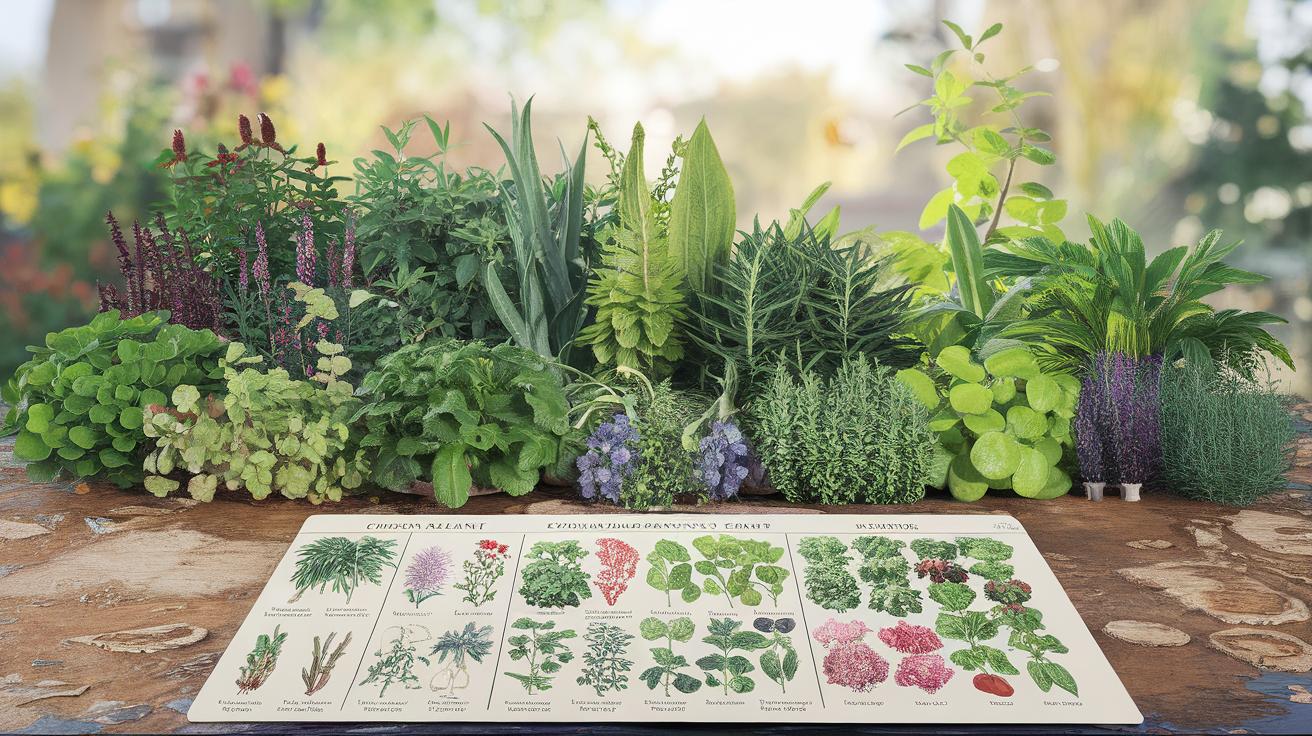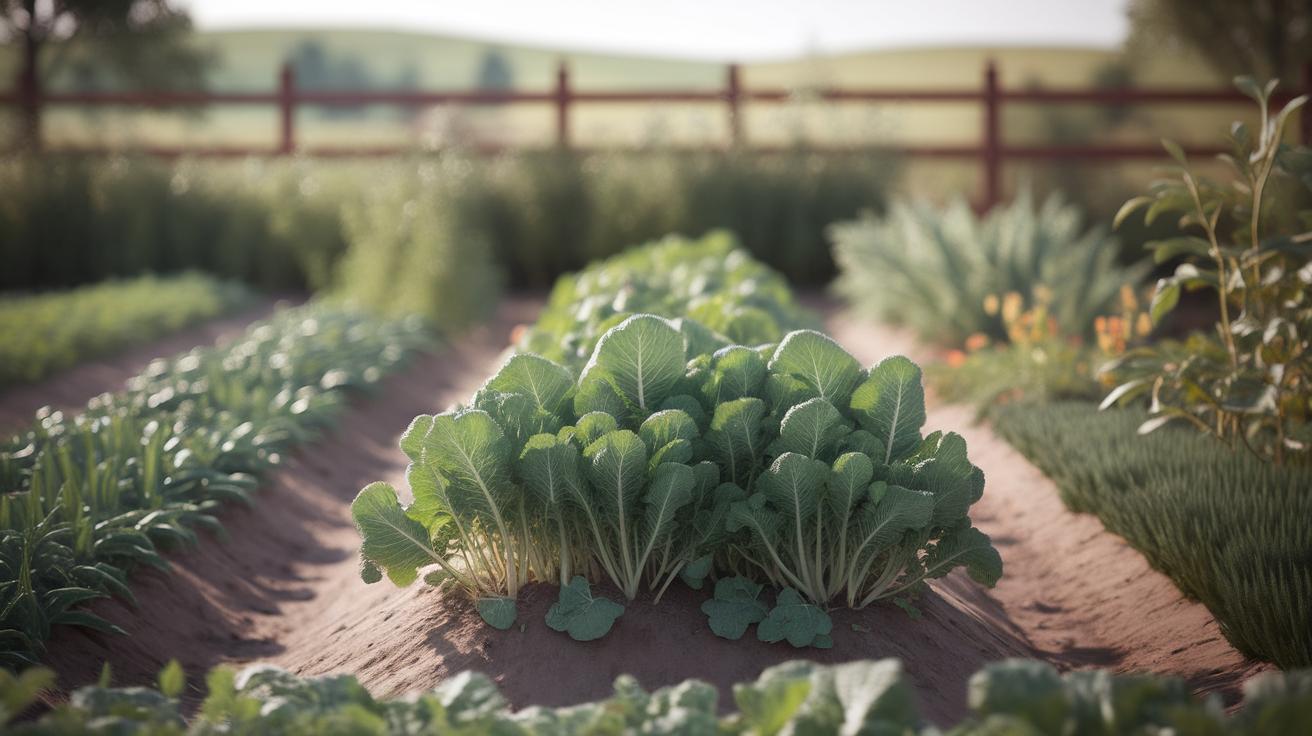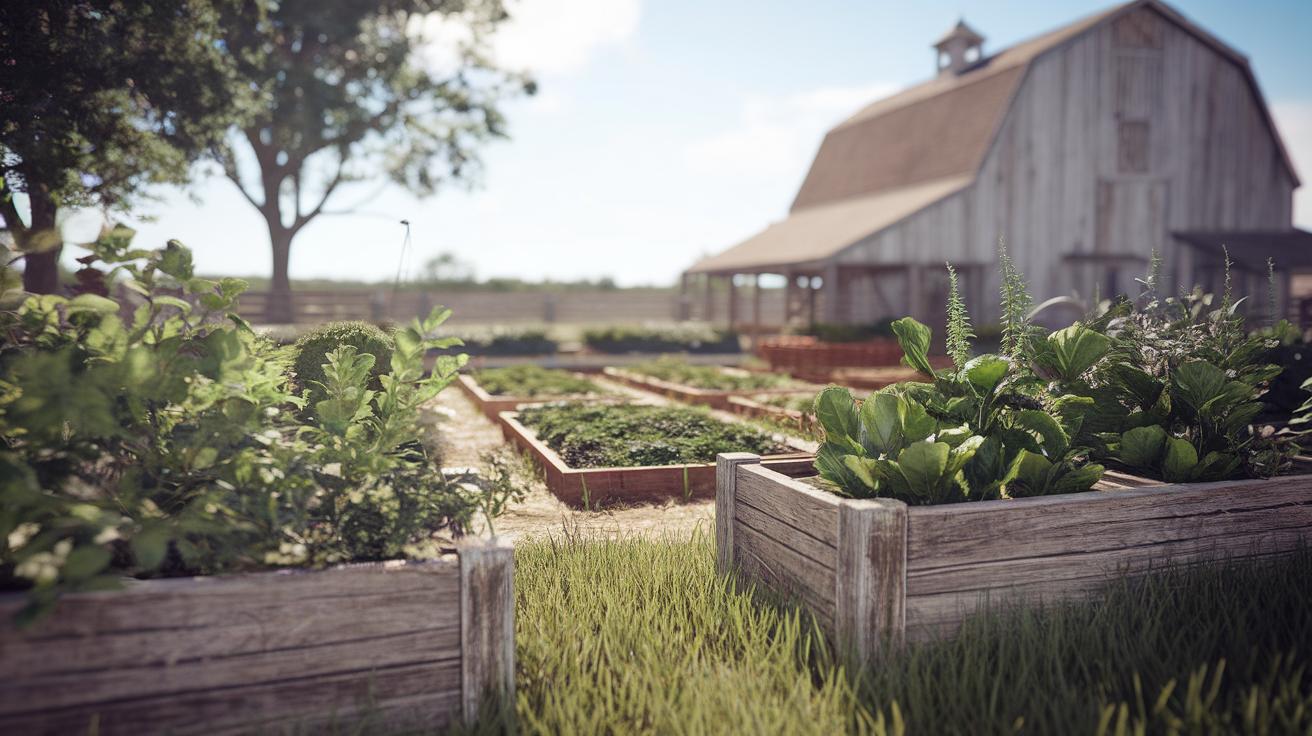Introduction
Companion planting is a time-honored technique in gardening that marries different plant species for mutual benefits, including pest control, pollination, and resource sharing. By understanding the natural relationships among plants, gardeners can create a thriving ecosystem that minimizes the need for chemical interventions and enhances overall productivity. The use of companion planting charts can simplify this complex strategy, enabling both novice and experienced gardeners to devise efficient planting plans that maximize space and yield.
In this article, we will explore the nuances of companion planting, focusing on how specific plant pairings can optimize garden health. By examining a variety of companion planting charts, you will gain insight into the interactions among plants, allowing you to employ these ancient practices effectively. Whether you want to diminish pest populations, improve soil fertility, or boost crop yields, understanding and applying the principles of companion planting will transform your gardening practices and lead to a more vibrant garden.
Understanding Companion Planting Its Significance and Historical Context

Companion planting refers to the strategic pairing of plants in a garden to enhance growth and improve yields. This practice is rooted in ancient agricultural traditions, where farmers observed that certain plants thrived better when grown alongside specific companions. Indigenous cultures, for example, often employed this method to maximize crop success, creating symbiotic relationships that benefited the entire garden ecosystem.
The significance of companion planting in modern gardening extends beyond just increased yields. It fosters biodiversity, which improves soil health and reduces pest problems naturally. By incorporating diverse plants, gardeners can create a more resilient garden environment. Ultimately, the benefits of companion planting are manifold, including reduced chemical dependence and enhanced flavor profiles due to the harmonious interactions between plants, demonstrating its relevancy in sustainable agricultural practices today.
The Science Behind Plant Interactions Examining the Principles of Companion Planting

Scientific Principles and Interactions
Companion planting is grounded in several scientific principles that illustrate how plants can positively interact with one another. One significant factor is allelopathy, which refers to the chemical interactions where one plant releases substances that can inhibit or promote growth in neighboring species. This can help deter pests or enhance nutrient absorption. Another essential element is nutrient sharing; certain plants, such as legumes, have the ability to fix nitrogen in the soil, enriching it for nearby crops. This symbiotic relationship allows for healthier plants and increased yields. Additionally, strategic plant pairings can attract beneficial insects that naturally control pests, creating a balanced ecosystem within the garden. Understanding these interactions can greatly enhance gardening success.
Creating a Companion Planting Chart Personalize Your Strategy for Enhanced Growth
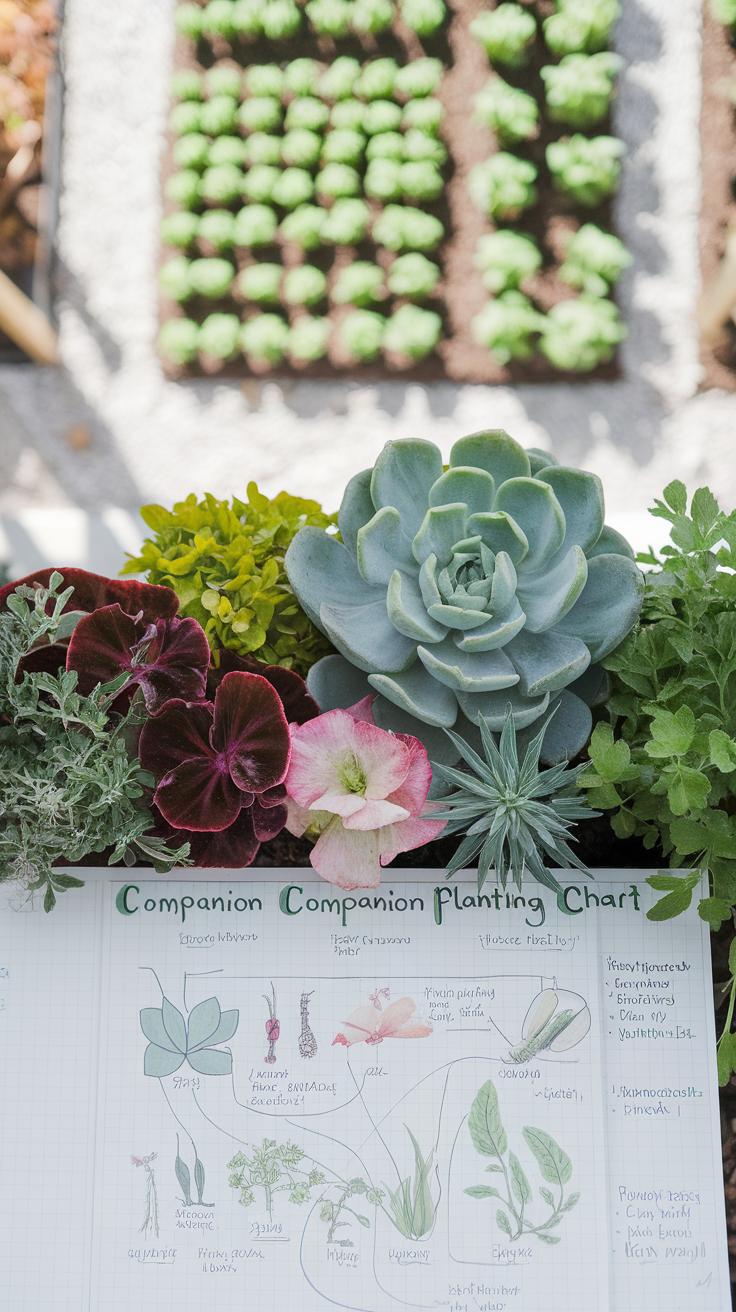
Developing Your Custom Chart
Designing a personalized companion planting chart starts with assessing your garden’s specific needs. Consider the size of your garden space, the climate, and the types of plants you’ll cultivate. Begin by listing your preferred vegetables, herbs, and flowers, ensuring that each selection aligns with your gardening goals, whether for pest control, nutrient enhancement, or maximizing space.
Research companion planting benefits for each plant. Identify those that thrive together and those that repel pests. Create a visual chart, using a grid format, marking each plant in its designated section. Include notes about growth habits and care requirements to make informed decisions. This tailored approach enhances not only your plants’ health but also the productivity of your garden, adapting strategies that will benefit your specific environment.
Iterating Your Chart for Success
As your garden grows, continually reference and refine your companion planting chart. Document which pairings thrive and which may need adjustments. Seasonal changes, varying weather conditions, and plant maturity levels may influence these dynamics. Allow your findings to guide future planting decisions, ensuring a consistently productive garden.
Engaging in this reflective process helps you fully understand plant relationships, enabling you to create a thriving ecosystem in your garden space. This ongoing improvement will lead to better yields and healthier plants year after year.
Popular Companion Plant Pairings Highlighting Effective Plant Pairings

Strategic plant pairings can significantly enhance the productivity and health of your garden. One of the most effective combinations is tomatoes and basil. Basil not only improves the flavor of tomatoes but also repels harmful insects like aphids and tomato hornworms. This makes them an excellent duo for maximizing growth and minimizing pest problems.
Another great pairing involves carrots and onions. Onions can deter the carrot fly, while carrots benefit from the shade provided by the onion’s leafy structure. This relationship fosters a harmonious rhythm that allows both plants to thrive in proximity.
Consider planting marigolds alongside squash. Marigolds emit a scent that repels certain pests, thereby protecting your squash plants from infestations. This vibrant pairing not only augments pest control but also brings a splash of color to your garden layout. By integrating such combinations, gardeners can promote healthier growth and a more bountiful harvest.
Pest Control Through Companion Planting
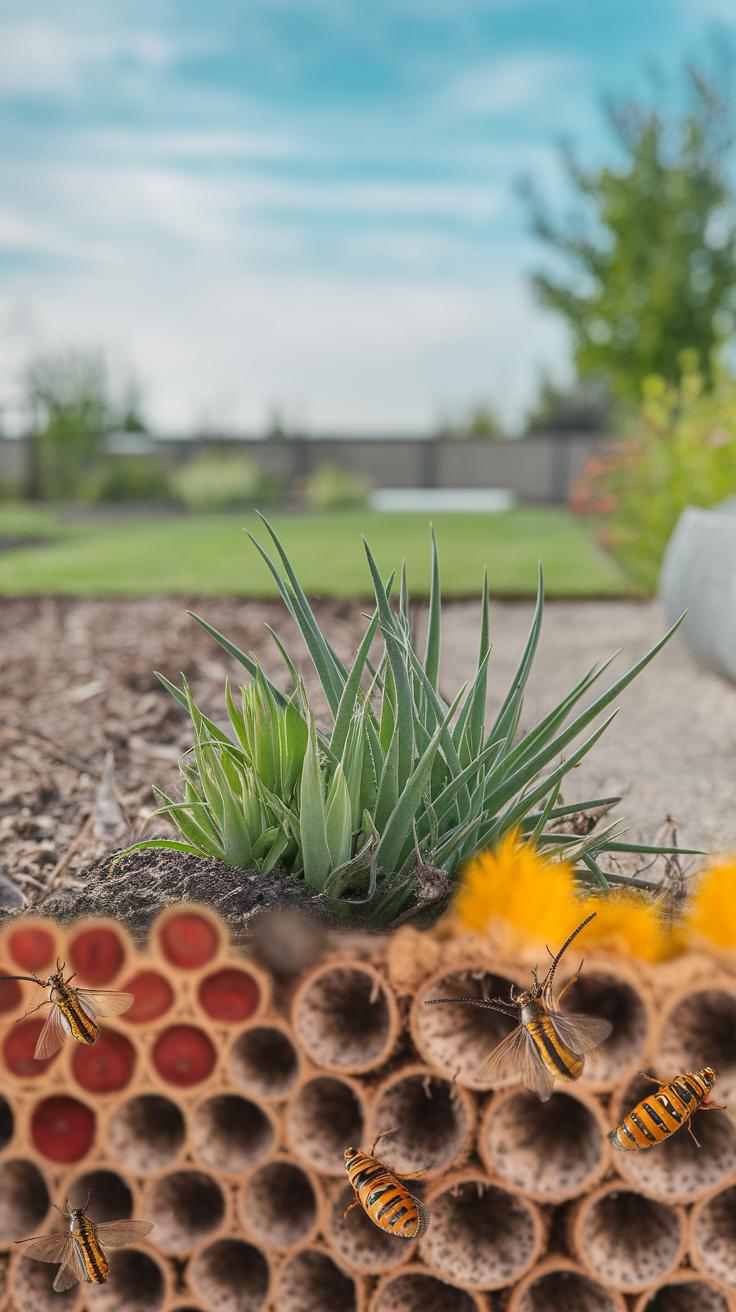
Enhancing Organic Pest Control
Utilizing companion planting offers an effective method for organic pest control, creating a natural balance within the garden ecosystem. Certain plant pairings can deter pests while promoting healthier plant growth. For instance, planting marigolds alongside tomatoes not only adds a vibrant splash of color but also releases compounds that repel nematodes and aphids. Similarly, basil is known to enhance the flavor of tomatoes while simultaneously repelling whiteflies and hornworms.
Integrating garlic and onions with most vegetables can result in a potent barrier against many common pests, due to their strong scents. This combination not only protects surrounding plants but also enriches the soil. The strategic use of these plant relationships contributes to a thriving garden, reducing reliance on chemical pesticides by embracing natural pest deterrents that coexist harmoniously.
Maximizing Garden Space Optimize Your Garden with Companion Planting

Vertical Growth for Efficient Space Utilization
Companion planting takes advantage of vertical growth techniques to maximize garden space, especially in smaller areas. By strategically pairing plants such as tomatoes with climbing beans or squash, gardeners can create a dynamic ecosystem that utilizes vertical surfaces. This method not only saves ground space but also enhances airflow and light exposure, promoting healthier plants.
Utilizing trellises or vertical supports allows vining plants to flourish upward, freeing up valuable ground space for lower-growing crops like lettuce or radishes. As these plants share nutrients and repel pests through their companion relationships, each plant thrives in a densely planted area. Careful selection of companion pairs results in a harmonious garden that optimizes space while encouraging robust growth, leading to a bountiful yield.
Efficient Use of Resources
Efficient resource management is another significant advantage of companion planting. When plants are paired effectively, they can access light, water, and nutrients more efficiently. For instance, deep-rooted plants like carrots help aerate the soil, allowing shallow-rooted companions like onions to benefit from improved soil conditions. This synergy reduces competition for resources while maximizing productivity, enabling gardeners to cultivate a diverse array of crops even within limited spaces.
Seasonal Companion Planting Strategies
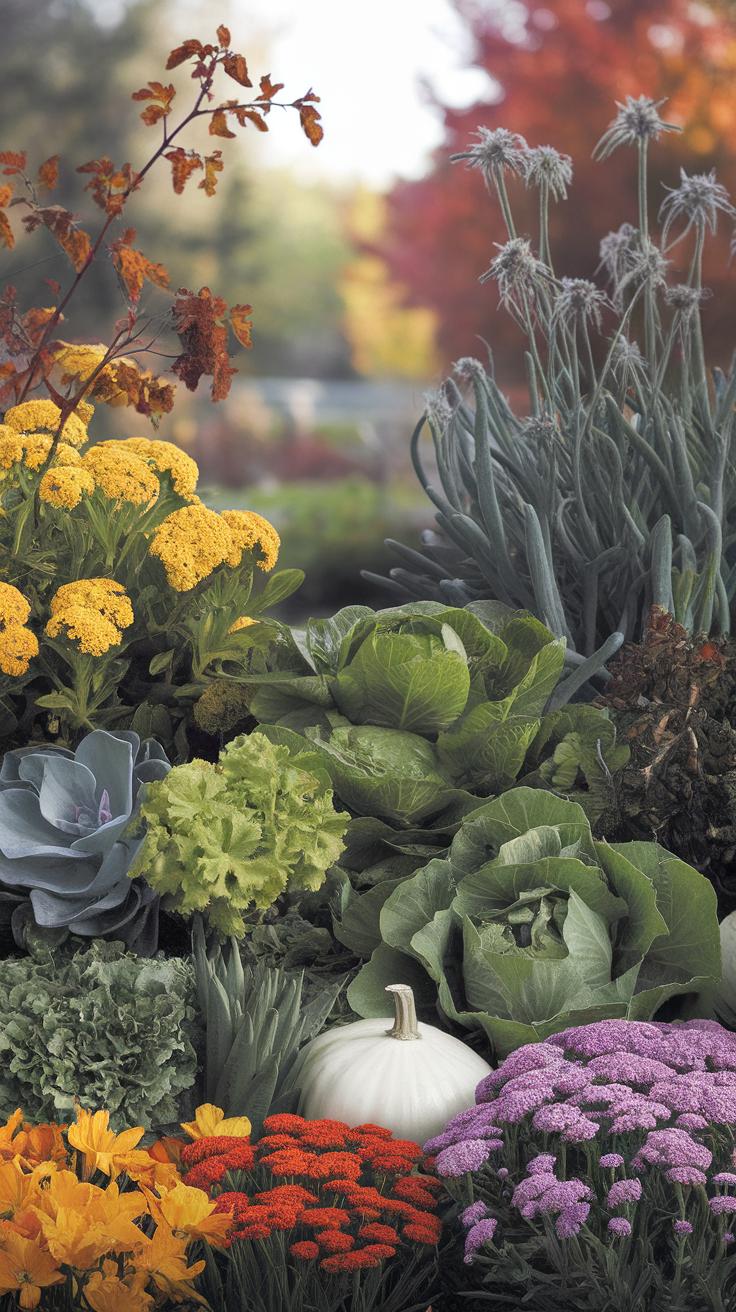
Adapting Practices to Different Seasons
Implementing a companion planting chart throughout the year can significantly enhance garden productivity. During spring, consider planting fast-growing crops like radishes alongside slower-growing vegetables such as carrots. This strategy helps utilize garden space effectively while providing shade and growth support. Summer offers an opportunity to pair heat-loving plants, such as tomatoes and basil, while also incorporating pest-repelling herbs like marigolds, which thrive in warmer conditions.
In autumn, focus on planting resilient vegetables such as kale or broccoli with companion crops that improve soil health, like clover. Winter gardening requires careful planning; consider using cover crops, such as winter rye, that enhance soil structure and prevent erosion. By aligning companion planting strategies with seasonal changes, gardeners can achieve a thriving ecosystem that promotes year-round growth and sustainability.
Challenges in Companion Planting Addressing Plant Competition and Misidentification

Companion planting presents several challenges that require careful consideration. A frequent issue gardeners encounter is plant competition. When certain plants are placed too close together, they may compete for vital resources such as sunlight, water, and nutrients. This competition can lead to stunted growth, reduced yields, and even the failure of some plants to thrive. It is crucial to understand the growth habits and space requirements of each plant pair to avoid these pitfalls.
Another significant challenge lies in misidentification. Many plants can look similar, especially to inexperienced gardeners. Incorrectly pairing plants due to confusion can disrupt the intended companion benefits. For instance, planting harmful varieties near beneficial ones may negate the advantages of companion planting altogether. Keeping a detailed companion planting chart can help prevent such errors, ensuring that gardeners can achieve the synergy between plants that enhances growth and yields.
Implementing Companion Planting in Your Garden
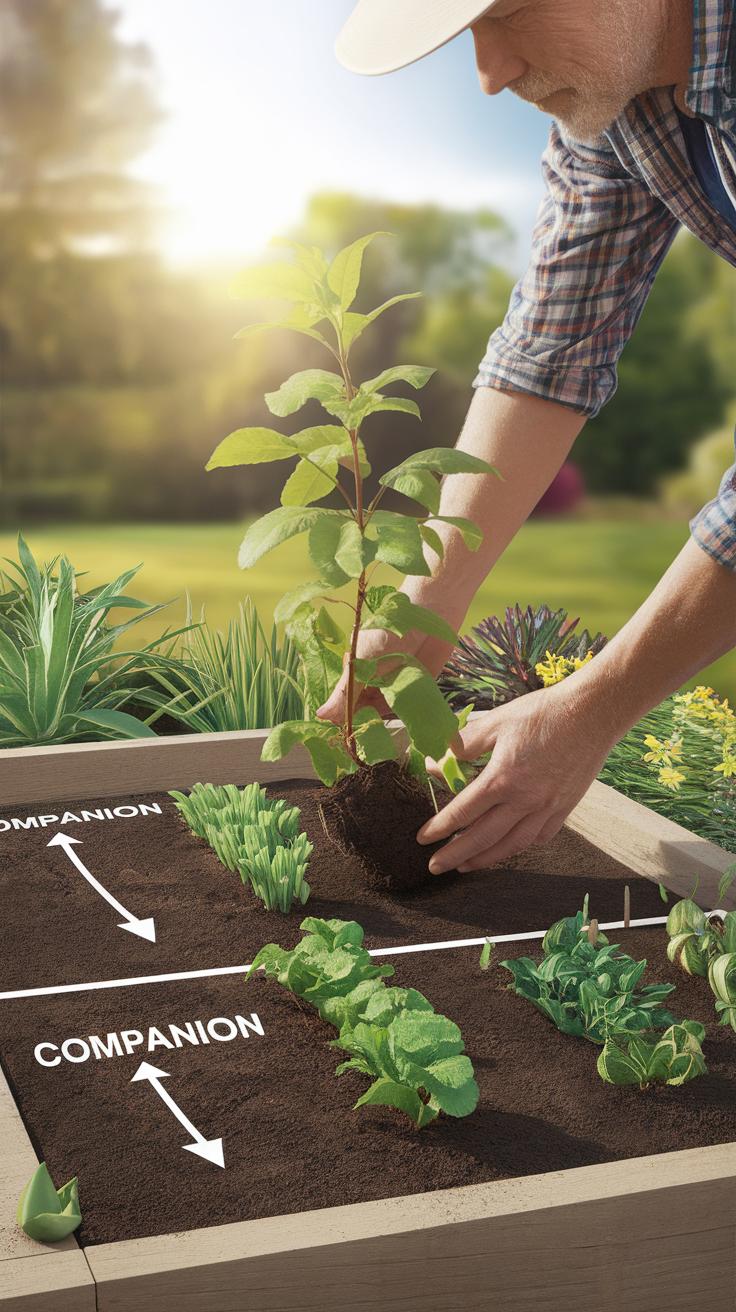
Effective Steps for a Companion Planting Plan
Creating a successful companion planting plan begins with careful selection based on the compatibility of plants. Start by researching plants known to support each other, such as tomatoes with basil or carrots with onions. Craft a layout that incorporates these pairings strategically, ensuring adequate sunlight and space for growth.
Once the plan is in place, prepare your garden beds by enriching the soil with organic matter, which promotes healthy root development. Use your companion planting chart as a visual guide to decide where each plant will thrive best in relation to its partner. Consider staggered planting times to maximize space and yield.
Managing Growth and Monitoring Development
During the growing season, keep a close eye on the plants to evaluate their progress. Adjust positioning and spacing as necessary to prevent overcrowding, which may inhibit growth and deter beneficial insects. Implementing a companion planting strategy fosters biodiversity and reduces pest pressure, leading to a flourishing vegetable garden.
Document your observations to refine your methods in subsequent seasons, creating a more effective and personalized approach to companion planting. By backing your strategy with these practical steps, you will enhance your garden’s productivity and resilience.
Conclusions
Harnessing the power of companion planting can significantly enhance the productivity and health of your garden. By strategically placing compatible plants together, you are not only fostering a more diverse and resilient ecosystem but also elevating the aesthetic and functional value of your gardening space. The use of companion planting charts serves as an invaluable resource, guiding you through the myriad of plant partnerships available.
As you embark on your gardening journey, remember that the principles of companion planting can lead to sustainable and chemical-free cultivation techniques. Embrace this ancient wisdom and witness how nurturing plant relationships can translate into bountiful and flourishing gardens. May your planting endeavors be profitable and enjoyable, resulting in a harmonious blend of flora alongside flourishing yields.


